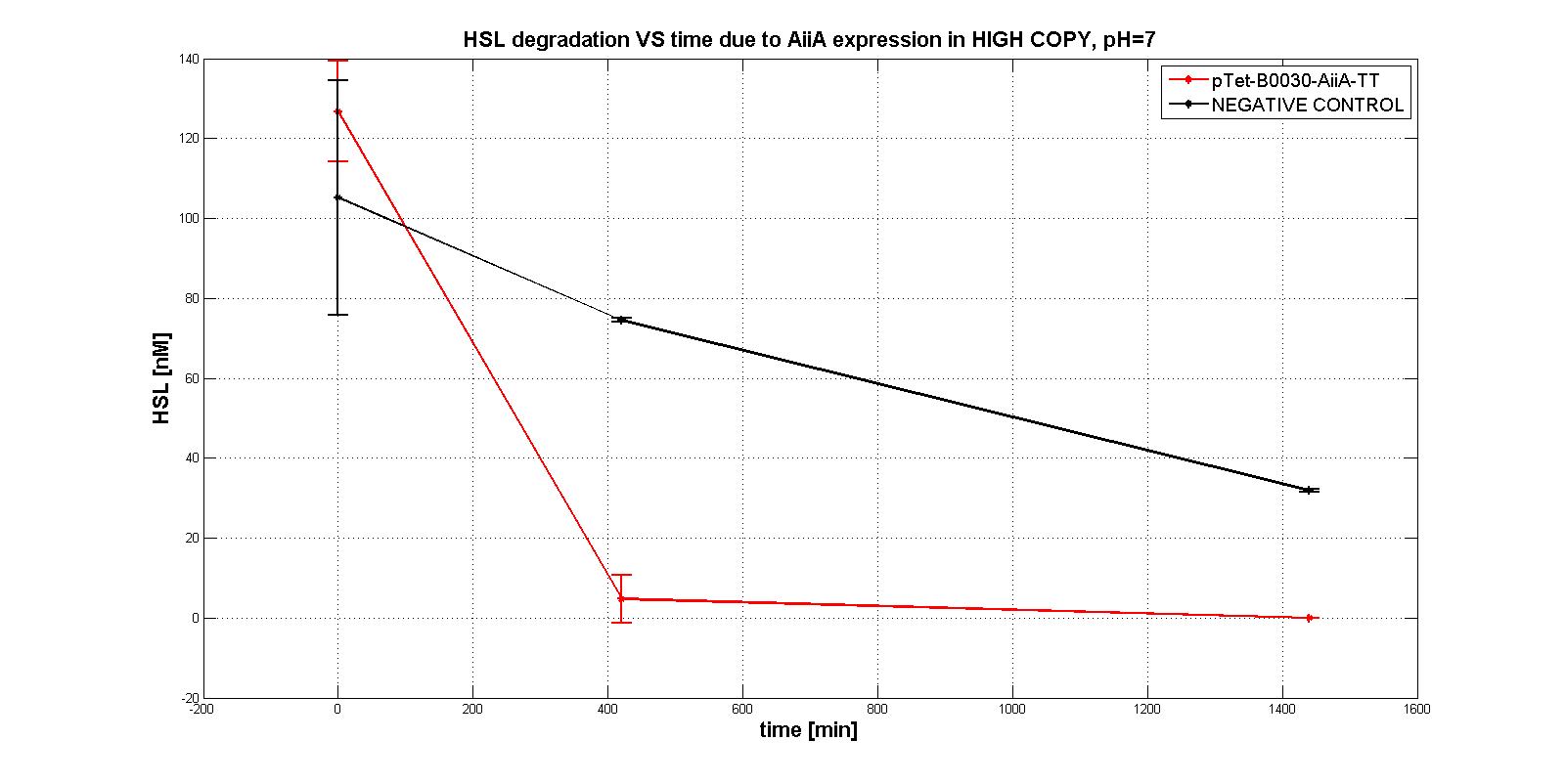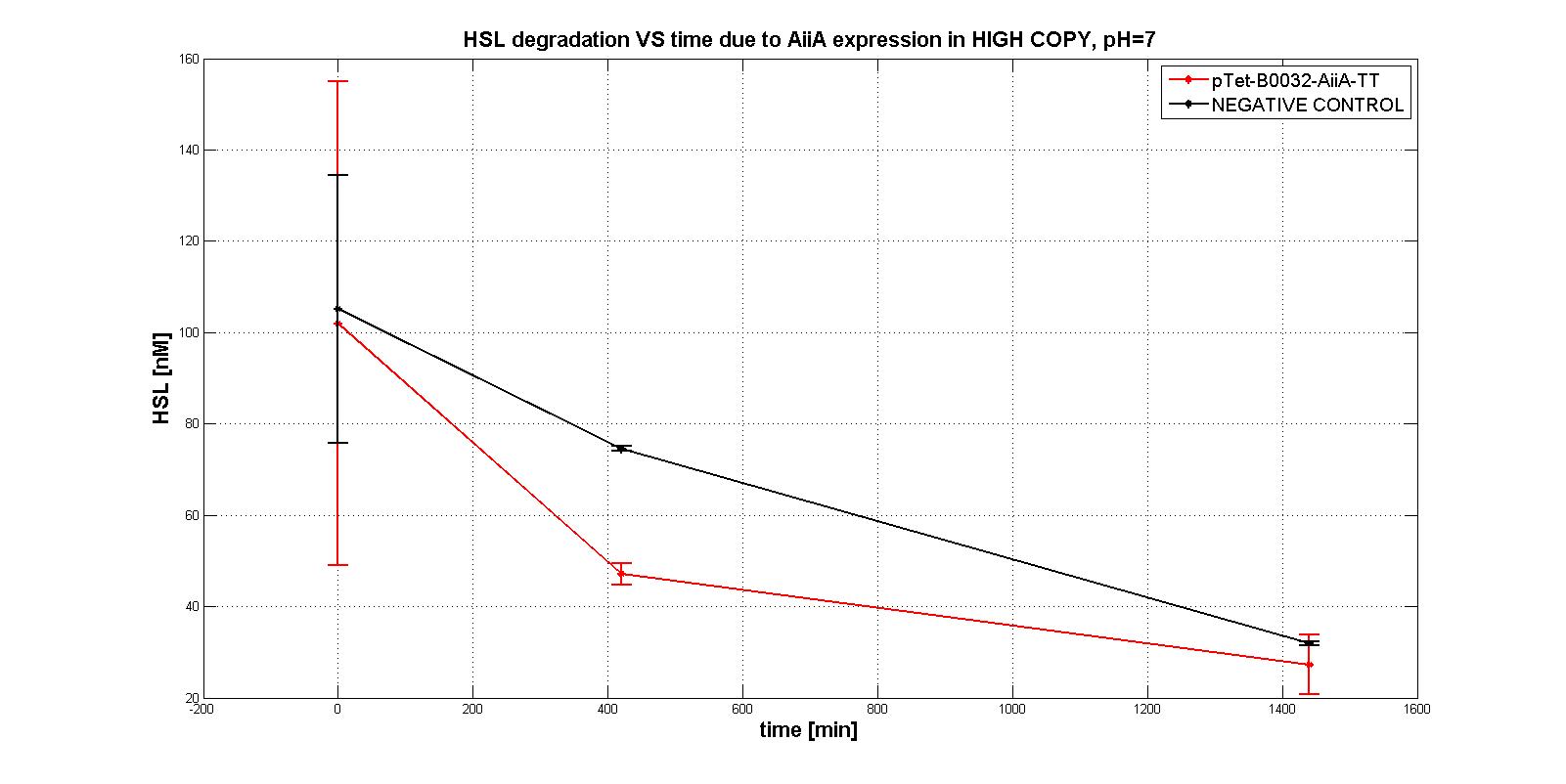Difference between revisions of "Part:BBa C0060:Experience"
(→Applications of BBa_C0060) |
|||
| (9 intermediate revisions by the same user not shown) | |||
| Line 2: | Line 2: | ||
This experience page is provided so that any user may enter their experience using this part.<BR>Please enter | This experience page is provided so that any user may enter their experience using this part.<BR>Please enter | ||
how you used this part and how it worked out. | how you used this part and how it worked out. | ||
| + | |||
===Applications of BBa_C0060=== | ===Applications of BBa_C0060=== | ||
| − | |||
===User Reviews=== | ===User Reviews=== | ||
Latest revision as of 21:31, 1 November 2017
This experience page is provided so that any user may enter their experience using this part.
Please enter
how you used this part and how it worked out.
Applications of BBa_C0060
User Reviews
UNIQ567b6fea2947259d-partinfo-00000000-QINU
|
•••••
UNIPV-Pavia iGEM 2011 |
NB: unless differently specified, all tests were performed in E. coli MGZ1 in M9 supplemented medium at 37°C in low copy plasmid pSB4C5.
A system of differential equations has been derived and parameters would have been identified, studying the exponential growth phase: The four measurment parts ptet-RBSx-LuxI were quantitatively characetrized using the BBa_T9002 biosensor. Unfortunately the model parameters (kcat, kM,AiiA) were not estimated because placing the device in low copy plasmid (pSB4C5)resulted in no HSL degradation, as shown in the figures below:
In order to evaluate the RBSs efficiency, the ratio between the percentage of the degraded HSL realtive to the measurement device with the standard RBS (BBa_B0034) was computed:
|
UNIQ567b6fea2947259d-partinfo-00000003-QINU









